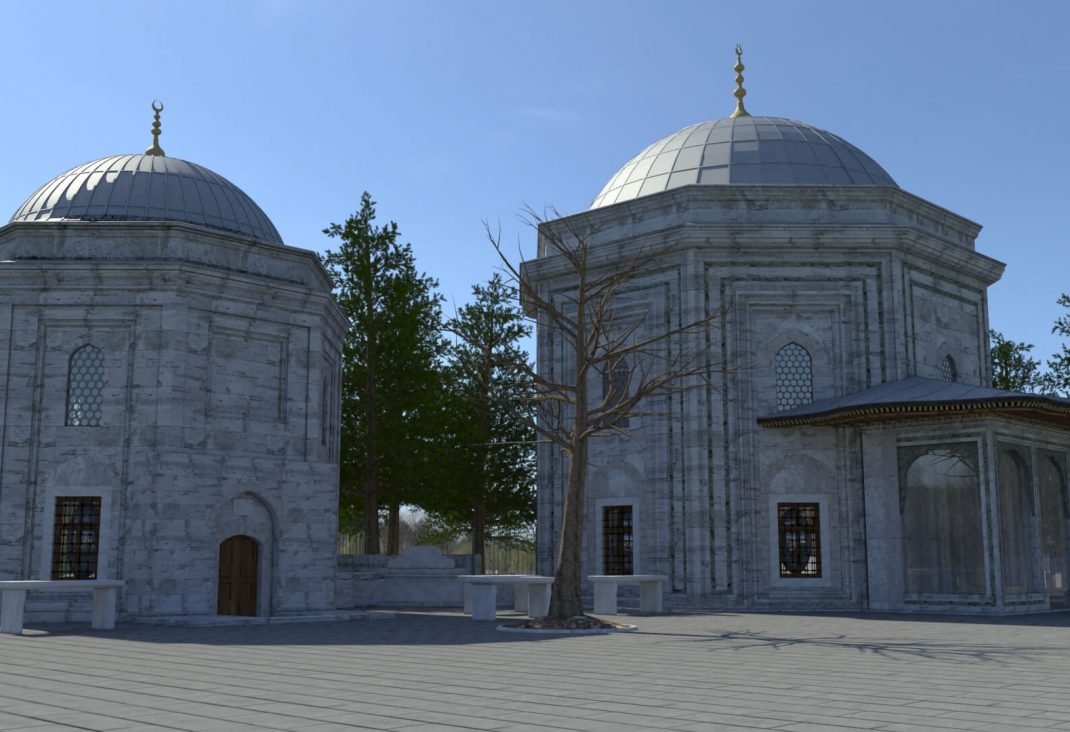First read the first chapter: The Great Seljuk Sultane
Taking advantage of a weakened Byzantine empire, Sultan Kay-Khosrow I (1192-1205) recaptured Konya in 1205 with the aid of frontier Turkmen tribes. The Sultanate of Rum was reunified and expanded vigorously to the west and to the north, absorbing the remnants of the Byzantine Empire. The conquest of the Mediterranean port of Antalya in 1207 marked a significant political and economic moment in the evolution of the Sultanate the Selçuks were no longer confined to the interior of the Anatolian plateau, and were ready to set their sights elsewhere.
THE ROARING 13TH CENTURY
By its heyday in the 13th century, the Sultanate of Rum had developed into one of the most important Islamic states of its time. The Sultanate brought stability to its heterogeneous, war- tom population of Greeks, Armenians, Syrians, and Persians through religious and racial tolerance. Unlike prior outside colonizers, this was the first empire to unify and settle in Anatolia.
Under the Selçuks, trade, agriculture, and the arts thrived. The Crusades opened the market for Eastern products in Europe, and the sultans were eager to reap the benefits. Seizing control of the Silk Route and Byzantine ports, they built a vast infrastructure to accommodate passing caravans. Hundreds of inns (kervansaray or han) sprung up along the Anatolian highways, as did fortifications, bridges, and harbors, many of which can still be seen in Turkey today (Selçuk Architecture and Decorative Arts). Revenue was channeled into the building of theological seminaries (medrese), mosques, hospitals, asylums, and medical schools. The tremendous Karatay Medrese in Konya (see: Hunat Hatun Complex), the Çifte Minare Medrese in Erzurum, and the brilliant Golc Medrese in Tokat, stand as architectural testaments to the magnificence of Rum.
The Rum Selçuks were also prodigious patrons, supporting, Islamic philosophers such as Suhrawardl and Ibn al-Arabl, Turkish and Persian poets like Yunus Emre and Celeddin-i-Rumi. They established insurance for the losses of tradesmen. Attracted by the cultural boom, many Islamic craftsmen, theologians, and Sufi dervishes migrated to the Selçuk realm, where they aided the spread of Islam in Anatolia.
Drawing upon ancient Persian notions of centralized authority, the Sultanate was largely run by Persian-speaking bureau crals, with Arabic the academic language and Turkish spoken day to day. Led by local chiefs (beyerli), Turkmen tribes made up (he military and lived along the Byzantine border. Some .served as vassals to their Selçuk lords, and were assembled when needed for expeditions against the Byzantines. By the end of the 13th century, these mercenary tribesmen had become increasingly independent, engaging with the Byzantines on their own initiative.



Leave a Reply